Servos & Simulation Inc. is a manufacturer of motion platforms and control loaders. Recently the systems builder picked a Model 826 analog and digital I/O system on a PCI Express board from Oregon-based Sensoray for the primary measurement and control interface for their full product line.
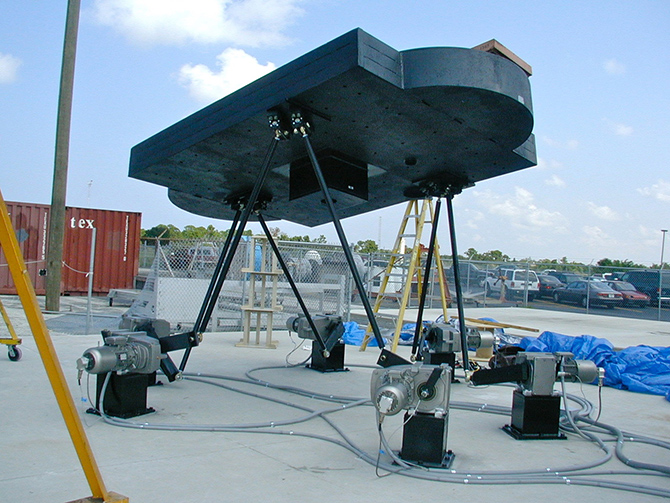
Servos and Simulation provides motion platforms and control loaders to commercial, military and simulation applications. These applications include aviation simulation, full flight simulators, flight controls, auto-pilots, control loaders, control loading, motion simulation systems, motion platforms, motion seats, night vision systems, stable platforms, E/O systems, shaker tables, electro-optics, virtual reality, entertainment systems and gimbal systems. More after the jump.
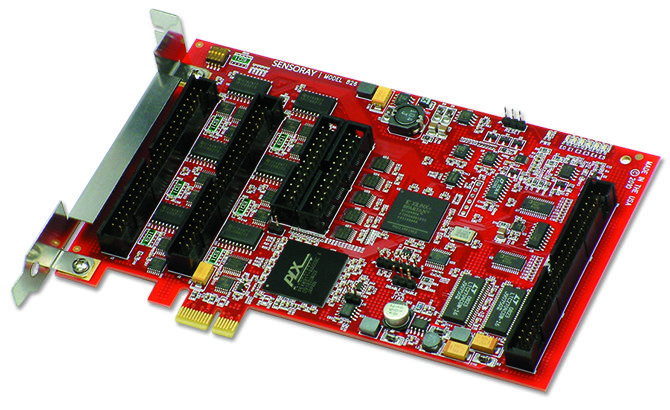
This is a Model 826 board from Sensoray. Innovative functions include a three-stage watchdog timer and failsafe outputs. System builders (including Servos and Simulation) are using the board’s high-speed counter FIFOs in ways the manufacturer never imagined. Other features abound. For example, a cable clamp built into the board’s mounting bracket makes the cabling very clean and robust.
Servos and Simulation’s motion platforms are fully electric and high precision. The company designs and makes two-axis, three-axis and six-axis motion platforms with standard motion-platform systems that can be customized for end-user applications.
[bctt tweet=”Motion-platform maker @servossim standardizes on @Sensoray I/O for #control — More at link >>” username=”DW_LisaEitel”]“We make two types of control loaders — Model 300-x is for FAA level 1-6 applications and Model 400-x is for all levels of FAA requirements up to and including Level D,” explained Rachel Baker, owner and engineer at Servos and Simulation. “The control loaders mimic the feel of the flight stick, and they can simulate nose wheel steering, throttle controls and automotive steering wheels.”
But motion-control systems require a variety of I/O interfaces — and not just any interfaces but high performance. Plus it’s often useful to have more than just basic I/O functions. “For example, GPIO edge detection is a requirement in event-driven systems, and can also be used to avoid missed events such as pushbutton presses while polling,” explained Jim Lamberson senior design engineer at Sensoray.
The 826 solved a couple design problems. Previously, Servos and Simulation needed two analog boards for every motion system and now the builder needs only need one. In this way, Sensoray solved an expense problem from the start. “Additionally, we needed a digital-to-analog converter that would handle at least six axes for the motion bases and up to eight for the control loaders,” said Baker. “We needed an analog-to-digital converter to handle up to 16 inputs — 12 for the six-axis motion platforms and up to 16 for the eight-axis control loaders.”
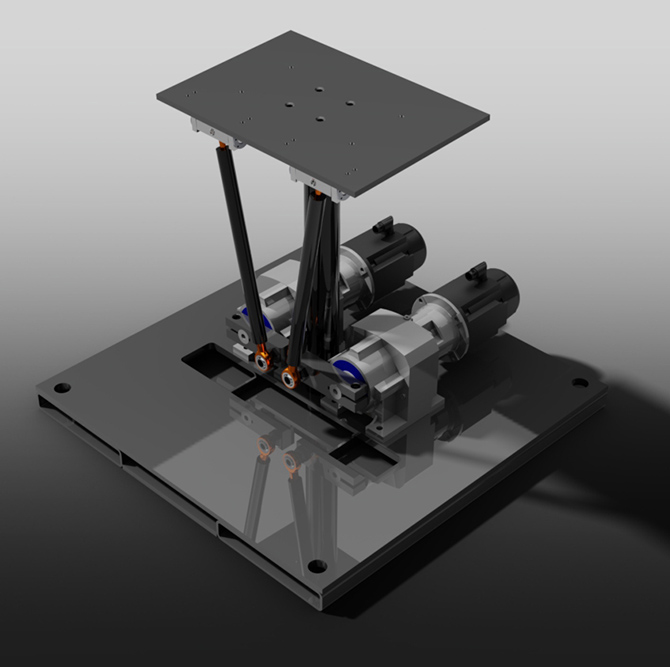
Servos & Simulation Inc. picked a Model 826 analog and digital I/O system on a PCI Express board from Oregon-based Sensoray for the primary measurement and control interface for their full product line.
The most important aspect of the D/A and A/D was 16-bit resolution and real-time speed. By using Sensoray’s 826 board as a single, central solution, Servos and Simulation streamlined all aspects of what it builds and produces — from documentation to the drawing sets to actual build.
“We also have safety factors that needed to be addressed. The watchdog circuit on the 826 board accomplishes this with little engineering or hardwiring on our part, as it’s part of the card. With a slight change in the source code, we now have a robust system for the safeties across our entire product line,” added Baker.
In fact, real-time sampling recalls an often-overlooked issue. According to Lamberson of Sensoray, it’s not enough to just digitize quickly, as there must be a way to efficiently move sample data off the board and into the context of the application program. Many board vendors employ callbacks for this purpose, which makes life easy for the vendor but quite complicated for the software engineer. “The problem with callbacks is that they lack context, so it’s left to programmers to marshal samples into the appropriate context. A common workaround is to have the callback send the samples through a pipe, but this increases latency and clutters the source code,” said Lamberson.
Model 826 eliminates these problems by providing blocking API functions. The program simply calls a function to wait for a sample, which arrives in-context with minimal latency. So sampling is very fast and it’s easy-to-write and clean and maintainable source code.
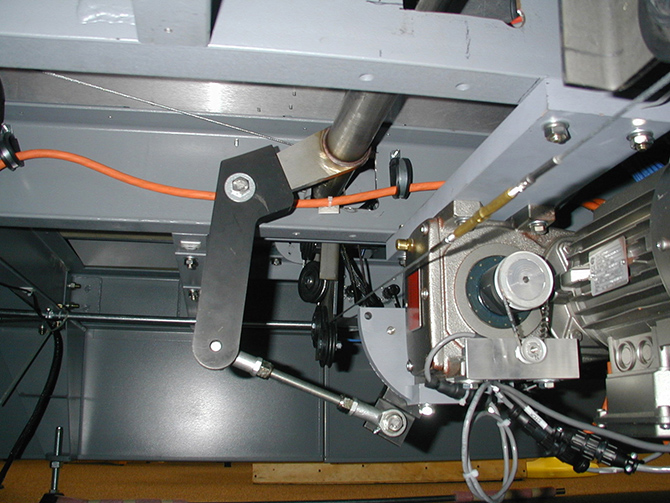
Servos & Simulation Inc. control loaders go into flight simulators to mimic the feel of flight sticks — and they can simulate nose wheel steering, throttle controls, and automotive steering wheels as well.
Baker said that her company used the board’s failsafe system on the motion bases for a hard emergency stop and a software stop. The hard stop is triggered by hardware in the drive amplifier chassis and is sensed by the 826 card (via a digital I/O line) so that it shuts down the software and control outputs.
“The software stop is a little different; the user pushes a button to stop the software, and the button is sensed by the 826 card … which then stops the system playback, sets the motion base back to egress, and shuts down the system,” she added.
For the control loaders, there is a bit more to it. Servos & Simulation used to build a watchdog circuit on its own cards. However, because there is one on the 826 card, the manufacturer now uses the watchdog on the 826 card and a generic buffer board for I/O signal conditioning for the loader. In fact, the card also provides power to load cells and other subcomponents. The watchdog monitors the hardware and the e-stop and will shut down the system in case of pedal or stick overrun, e-stops, and other conditions.
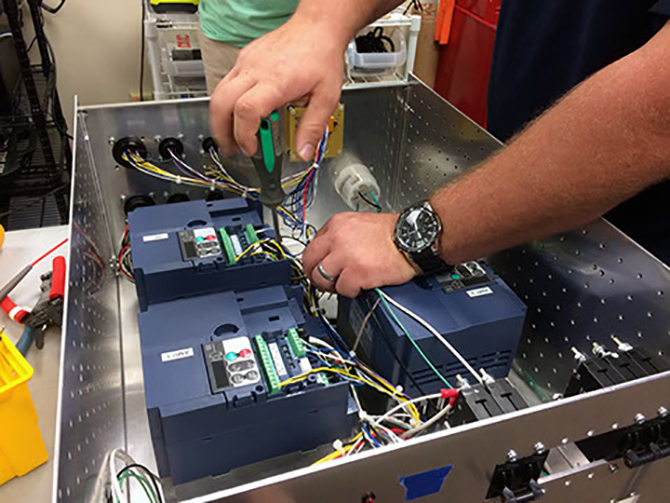
“Having a solution that provides real-time sampling — and not bulk dumps — solves myriad problems from purchasing and documentation. Real-time sampling at 250,000 Hz, 1-2 bits of A/D noise, watchdog timer, and safe-mode operation sealed the deal for us,” said Baker.
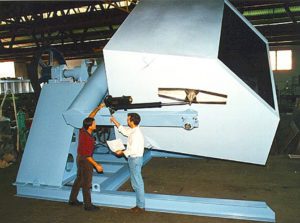 In fact, this is exactly why the 826 has an integrated failsafe system: Most control systems require failsafe outputs, so it makes sense to build that capability right into the I/O interface board.
In fact, this is exactly why the 826 has an integrated failsafe system: Most control systems require failsafe outputs, so it makes sense to build that capability right into the I/O interface board.
“This is a no-brainer for any engineer who has ever implemented failsafe operation via alternative methods, which typically involve a plethora of external wiring and custom circuit boards,” said Lamberson.
The transition to the 826 was challenging in the beginning.
“Most of our software is written in Visual Basic 6 as it’s fast and flexible in producing working code in minimal time. Some of the library calls didn’t seem to work at first, but with a little experimentation those problems disappeared. But support from Sensoray was superb, and we can’t say enough about the help we received. It was nice to work with a small company that could handle our unique problems with expertise that we’ve not been able to find anywhere else,” explained Baker.
“Competent technical advice is vitally important to our customers to ensure their success, but Sensoray also benefits from this because we receive valuable feedback which we use to improve our products, explained Lamberson. “Our customers clearly appreciate that we go the extra mile when it comes to support,” he added.
The 826 also saved Baker’s company time and money. “The cards — yes, more than one — that this single card replaces saves us almost $800 on the cost of the computer alone. The fact that the board is PCIe is wonderful, as we don’t need to hunt down a PC mainboard that has multiple PCI slots … which is getting harder by the moment to find,” she explained. When Servos and Simulation creates a large system, it doesn’t need to add extra cards. When creating a system that has both a motion platform and a control loader, the engineers simply put two cards in the computer to get the bandwidth required for each system.
“In addition, because the 826 comes with just about everything, other cards we design for our systems are simpler … and connect right into the 826 card in the computer,” Baker explained. “Now we just need two different PCB boards to be made for everything in our product line – one to interface the 826 to our motion platform and the other to interface to the control loaders.”
Now that everything is simpler and cleaner, the engineering documentation costs have gone down. Parts for cables and the like have gone down. Servos and Simulation did have to do some NRE, but estimates that the cost saving per system will be around $2,000.
Antiquated PCI slots is an issue in the industry. “We recognized long ago that it’s not unusual for equipment to be manufactured over many years or even decades, which is why Sensoray is committed to providing long product lifetimes,” said Lamberson. This is especially important when a Sensoray board is earmarked for use in several generations of equipment, or in multiple product lines — or both as in the case of Servos and Simulation.
What sets the Model 826 apart from other I/O systems is ease of use. “Documentation and SDK goes above and beyond, and is written by someone who knows English. Plus the Model 826 has standard interface connectors,” added Baker. “I love the fact that there are 50 pin headers, because it makes it easy to make 50-pin ribbon cables to interface to our cards.” It also works as described.
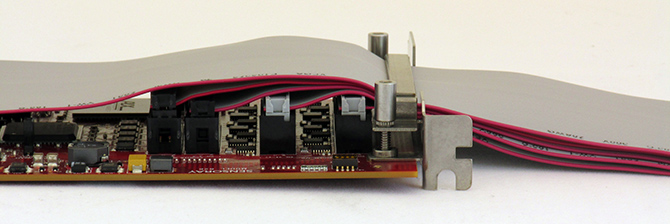
The Sensoray Model 826 has standard interface connectors. 50 pin headers allow connection with 50-pin ribbon cables.
“We were told time and again by other vendors that their cards would meet our 4-KHz bandwidth requirement only to see them fall way short. Time and again we were promised high throughput only to find out that the throughput is the sampling speed and not what the card delivers in real-time to the math models in play,” said Baker.
Filed Under: I/O modules, Flanges • supports • mounts • brackets, Virtual reality, Motion control • motor controls

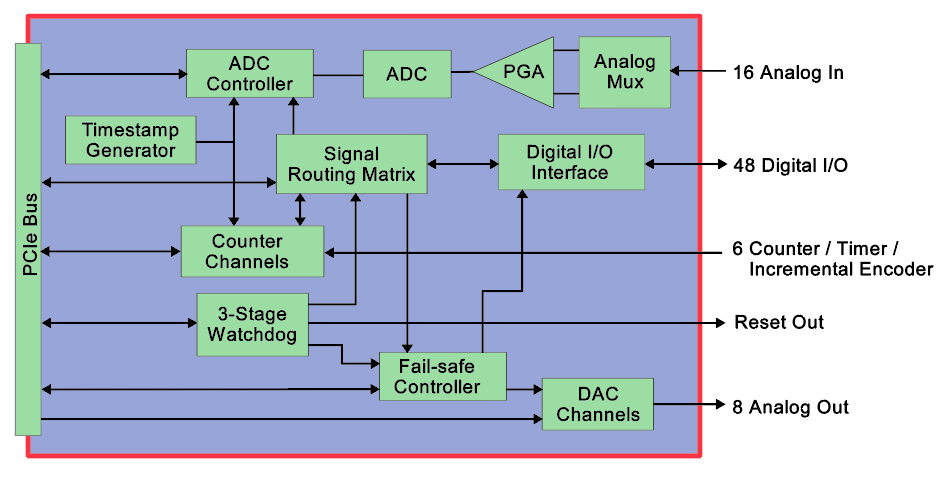
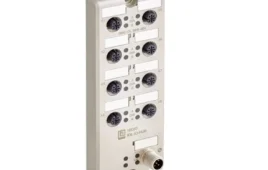
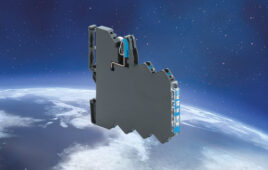
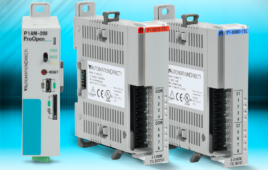
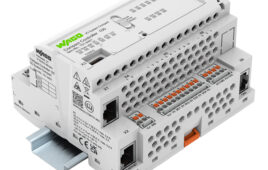
Tell Us What You Think!